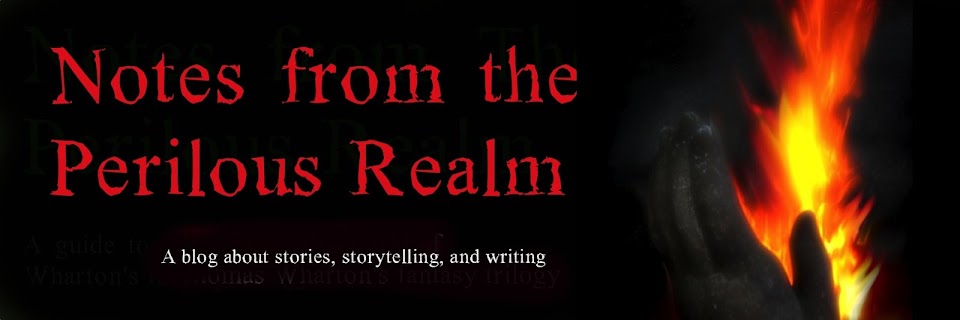The elements of story # 2: earth
Earth is solid. It’s heavy. Thick.
We can’t see through it. We stub our toes on it. We’re held to it by gravity.
There’s always something in a story
that’s like this. A good story isn’t all on the surface. There’s some
mysterious force that pulls us in and holds us. A good story might even make us
stumble. And sometimes we have to do some digging to find its treasures.
Here’s a story made of earth:
No one wants to die, and the
emperor was no exception. It wasn’t right -- that the most powerful man in the
world was powerless to avoid that solitary journey into the darkness.
“If we must go, we will not go
alone,” the emperor told his counselors, using the royal we. “We will take our people with us. On the day we die, ten
thousand soldiers, officials, astrologers musicians, acrobats are to be killed
and buried with us.”
The counselors knew that if word of
this plan got out there would be an uprising and they would likely lose their
heads, one way or another. With great tact and much obsequiousness they managed
to convince the emperor to change his plans. Instead, ten thousand figures of
men (and a thousand or so horses) would be fashioned of fired clay and placed
in the emperor’s tomb with him.
And so it was done, because in that
empire the more absurd and impossible an idea was the more likely it was to
become a reality. Thousands of men worked for years on the project so that by
the time the emperor died, the making of these thousands of clay warriors and
other court personages had been completed, and an underground imperial city had
been built to house them. The emperor was laid to rest in a silent palace
surrounded by silent courtiers who would be loyal to him through eternity.
(Incidentally, no one knows how
many workers died in the delving of this great city of the dead, just as no one
knows how many died in the other impossible, childlike idea of building a wall
around the empire.)
Grass grew over the tomb, and
dynasties fell and rose and fell again. In time the kingdom forgot about the
emperor’s subterranean army, until one day in the late twentieth century when a
farmer digging in his field unearthed one of the clay men. Since then hundreds
of men and horses and chariots made of baked earth have been released from
their tombs and stand in ranks for all to see. This is the army that protected the
people from their own emperor. From his fear of being alone after death.













